
The pigeon nests on the ledge of the house over street. Pigeon sits on a nest in the city center
The birds are comfortable nesting in a wide range of locations, which increases your chances of happening upon a happy pigeon nest. Pigeon Nesting Locations. Pigeons, known for their adaptability and resilience, exhibit diverse nesting locations depending on their environment. In urban areas, pigeons often choose man-made structures as their.

10 Best Pigeon Bird Supplies for Healthy and Happy Birds Hummingbirds Plus
A pigeon nest is a unique home that can house hundreds of birds over time. Each brood is full of new squabs hungry for their new life. If you get a chance to see a squab in their pigeon nest, take note of the excitement. The nest is an artistic place where parents can raise dozens of little squabs until they're ready to bust into the world on.
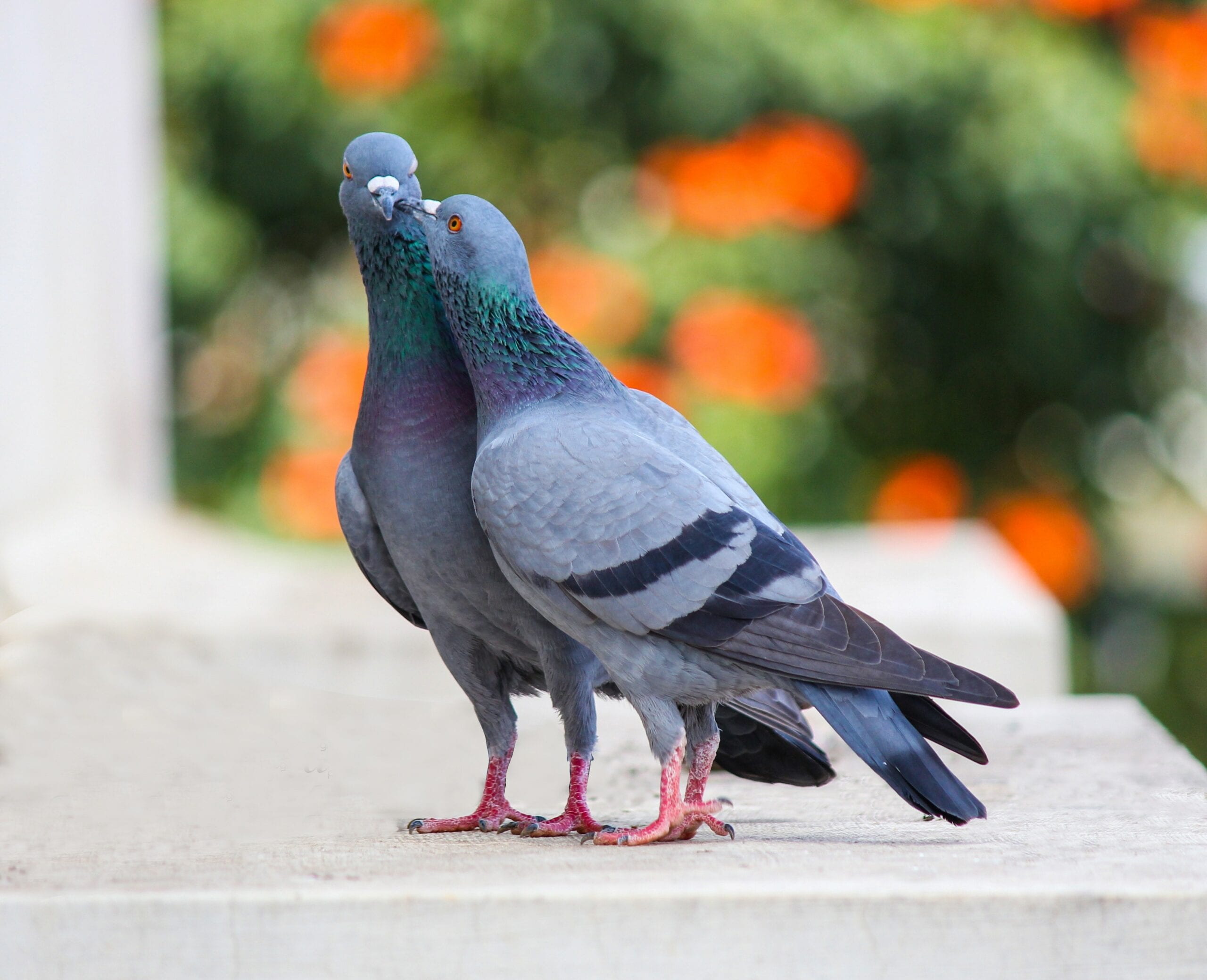
Is a pigeon nest good luck or bad luck? Pigeon Patrol Canada Bird Control Products & Services
Learn about the nesting habits, materials, and care of pigeons. Pigeons choose nesting sites in sheltered nooks and crannies on buildings, cliffs, or trees. They construct simple nests from interwoven twigs, grass, feathers, paper scraps, or other debris. The female lays 1-2 white eggs that both parents incubate for about 18 days. The hatched chicks are fed regurgitated crop milk and cared for.
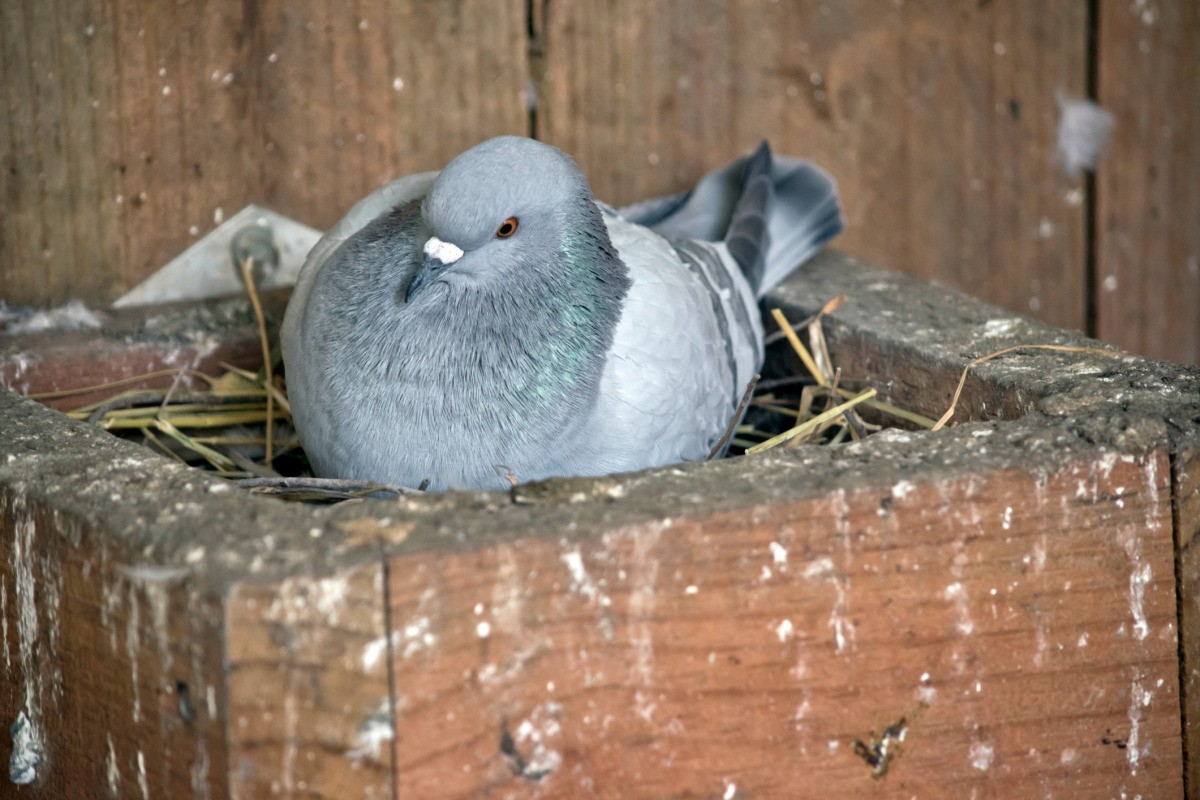
Getting Rid of Pigeons ThriftyFun
Create an entrance hole in the front of the box, around 4 inches in diameter. This'll let the pigeons enter and exit easily. Line the inside of the box with soft materials like straw or shredded paper. This'll be comfy for the pigeons to build their nest and lay eggs. Put the box at least 10 feet up, on a wall or pole.

A wood pigeon father sits with his babies, about 5 days old, in the nest. Photo by Dora Maltz
Where two pieces of metal meet provides an ideal niche and anchor on which to build a nest. Most railway stations host pigeons and other birds' nests high up in their rafters. Pigeons have been known to roost in statues. Pigeons even use air conditioning units, placing their nests on top, behind, and even inside in some cases.

Pigeon Nest On A Ledge
They commonly nest in attics, on roofs, ledges, eaves, and under bridges. In their natural habitat, they prefer to nest in rocky cliff crevices or caves, which is why they tend to nest on high, flat ledges. Providing a suitable nesting site for pigeons can help support their population and ensure their safety. 2.
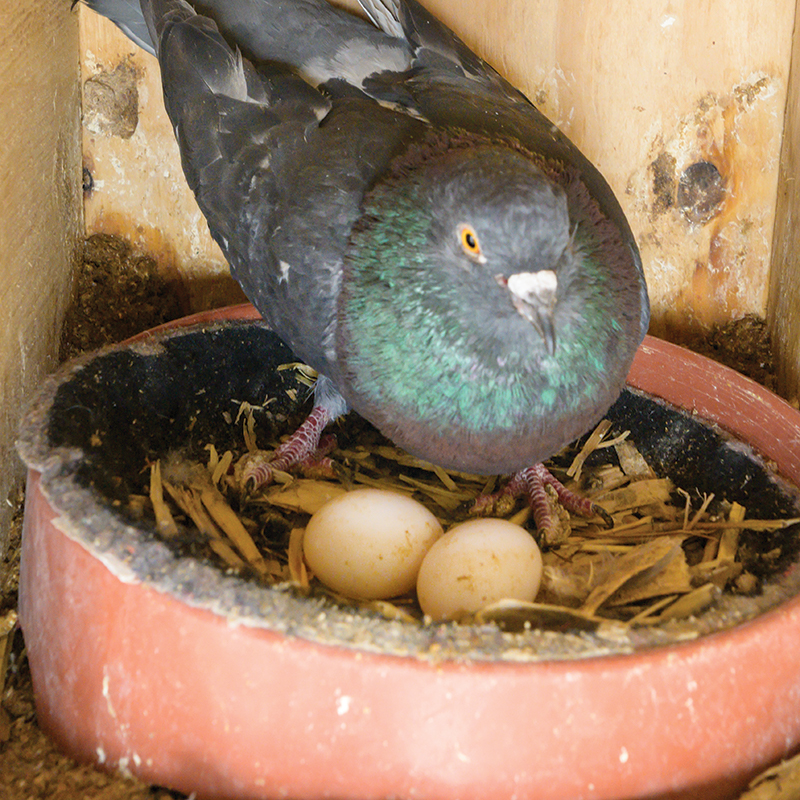
Pigeon Nest Premier1Supplies
A pigeon nest is a unique home that can house hundreds of birds over time. Each brood is full of new squabs hungry for their new life. If you get a chance to see a squab in their pigeon nest, take note of the excitement. The nest is an artistic place where parents can raise dozens of little squabs until they're ready to bust into the world on.

Give birds a chance to live naturally Citizen Matters, Mumbai
The nests of pigeons can be found along building ledges, rafters, beams, under bridges, or inside barns. Pigeon With Nest on Ledge Squabs Baby Pigeons Nestlings. The nest is saucer or bowl-shape and made of stems and leaves. Female pigeons can lay eggs at 6 months of age. The female may sit on the nest a day or two before the first egg is laid.

Pigeons Made A Nest On My Balcony Image Balcony and Attic
Pigeons mate for life and that pair of pigeons will always use the same nest they made together unless something happens to it. If left alone a pigeon couple will use the same nest for up to 15 years, which would be a lengthy lifespan for wild pigeons. While pigeons mate for life, if something happens to one of them, the remaining pigeon will.
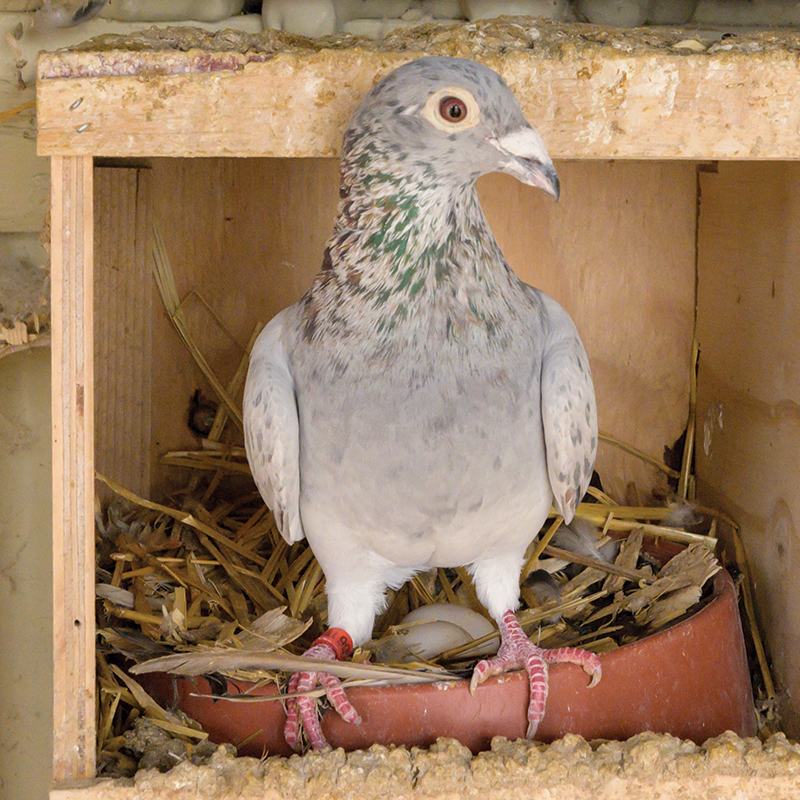
Pigeon Nest Premier1Supplies
Pigeons will reuse their nests many times, using them to hatch up to six broods of eggs. Gross fact incoming: while many avians establish an "outhouse" beyond their nest when it's time to, er, use the restroom, pigeons…. There's no good way to say it. They poop right in their nest.
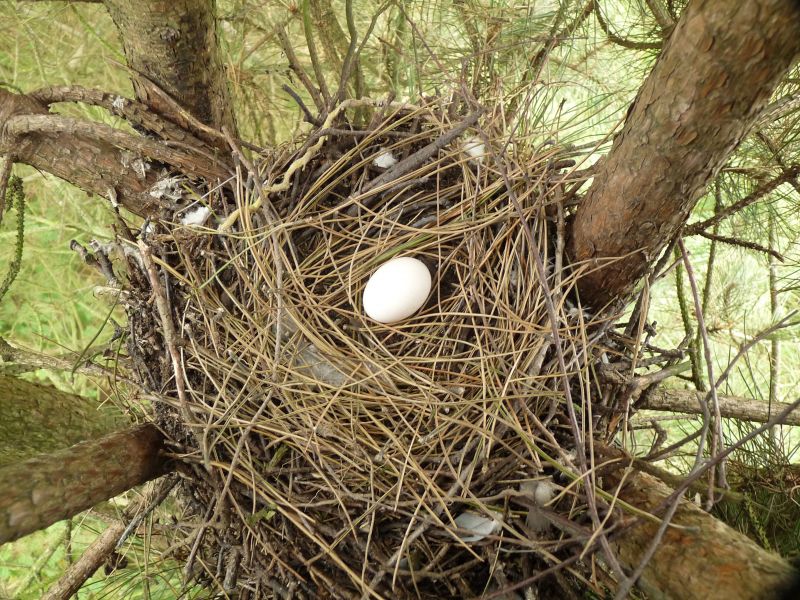
The Pigeon Nest Pigeon Nesting Habits And Behaviors Daily Birder
Pigeons are Constructing Nest. Conclusion. Pigeons are resourceful birds that can adapt to various environments, making their nests in various locations. They prefer nesting in areas that provide shelter, safety, and easy access to food and water. Pigeons build their nests using a combination of twigs, leaves, and other natural materials.
A pigeon made a nest out of old material from around a chemical plant. r/mildlyinteresting
Pigeons utilize twigs, leaves, and any available debris to craft their nests. They may also incorporate human-made materials such as bits of string or plastic into their construction, showcasing their adaptability in urban environments. Nest Construction: Pigeon nest construction is a meticulous process that involves several key steps:

It's amazing pigeons ever survive to adulthood MediaFeed
Measuring around 20 to 30cm wide, pigeon nests are just as big as they need to be. In towns and cities, Wood pigeon nests often look very quick and sloppy, similar to feral pigeons. Sometimes, Wood pigeons will nest in the unused or abandoned nests of other birds. Despite looking precarious and thin, many Wood pigeon nests do survive all year.
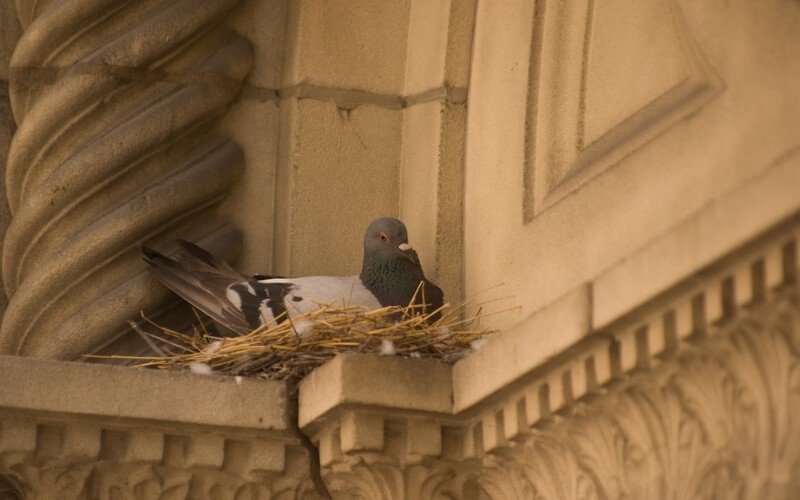
Pigeon Nest Removal & Pigeons Life Cycle Fantastic Pest Control
The babies are born with their eyes closed. They also lay prone and lift their heads and open their bills weekly. The eyes of a baby pigeon open when the nestling is between 4 and 5 days old. Generally speaking, you'll never see the babies in this state unless you domestically breed pigeons or happen to stumble across the nest of a pigeon.

Pigeon Nest On A Ledge
Nesting is a dangerous time for adult Pigeons, their eggs, and their chicks. Successful breeding is an energy-expensive behavior for adults. Building a nest, incubating, and caring for young requires time and energy, potentially leaving adult birds more vulnerable to predators and illness. Pigeon eggs and young are particularly vulnerable to.
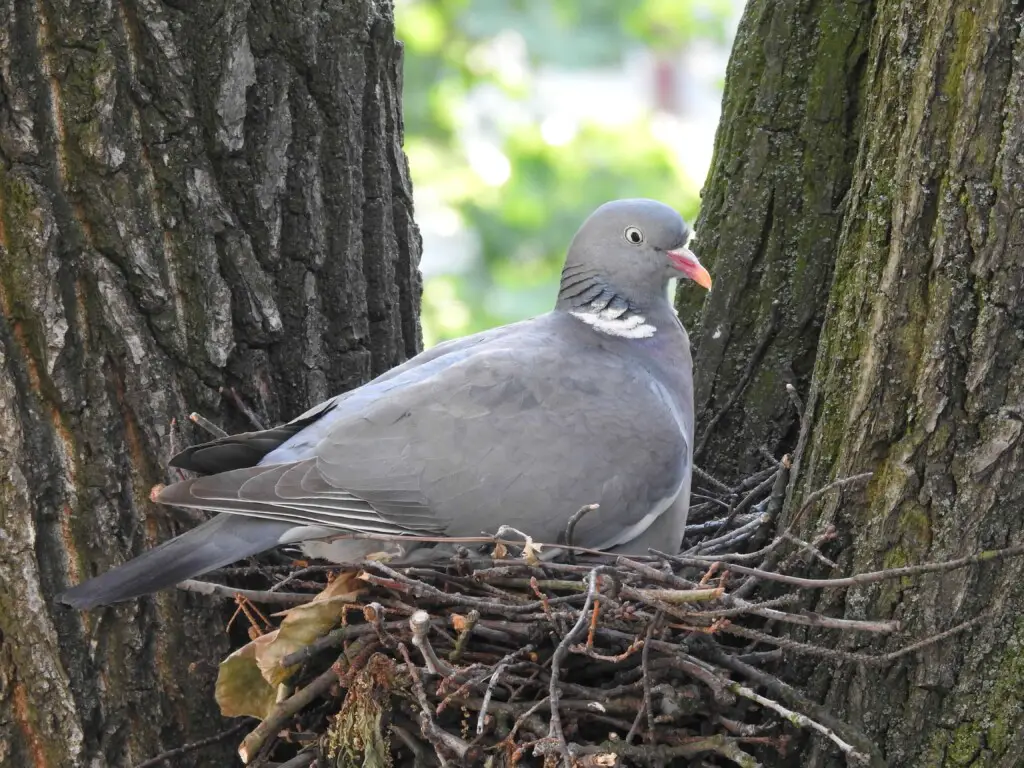
Do Pigeons Nest in Trees? Have You Seen them on Trees?
The incubation period for pigeon eggs is relatively short, lasting between 18 to 19 days. Once the chicks (known as squabs) hatch, they stay in the nest for approximately 30 to 37 days before fledging and leaving the nest. This process allows the young pigeons to develop and gain the necessary skills for survival.